|
My daughter, Anna, accuses me of treating my cameras like my children. I suspect there’s more than a kernel of truth in that. It's a good thing they're not though, as we'd be in the poorhouse given the number of them. The gallery below includes all the film cameras that I regularly shoot. As camera collections go, mine is on the small side. True collectors often have dozens of cameras. I am at the point with my collection where if I add a camera I feel the need to move another one out. I’m not looking to increase the number of cameras. Originally I started accumulating 35mm film SLRs to use for a film workshop I was leading with the youth of our church. Well, let’s just say that was the spark that lit the fire. I honestly don't consider myself a collector, in the sense that I shoot every one of these cameras on a regular basis. I don't keep them for show and don't have them in a fancy display case. I don't get all excited about what serial number the camera is or whether it came with the original box. I just want them to work. They sit on a shelf in my office, and when I'm set to load a new roll of film I take a look at the negative sleeves to see which camera hasn't seen much love lately. I thought it would be fun to quickly run down how these cameras came to me and what I think of them. By the way, the cameras are shown below by the vintage of the camera within make, with the oldest being mid-1930s vintage and the newest being 2002. Most are from the 70s and 80s. Kodak Duo Six-20 Art Deco: This was the camera I first learned photography on back in 1969. The one I used then was given to me by my Dad. I picked this copy up last year, looking to get back to my film roots. The Art Deco version came out in the mid-1930s. As the name would suggest, this camera has beautiful art deco styling. It was made at Kodak's plant in Stuttgart, Germany. It is manual everything. There is no meter or focusing aid. You guess the distance to your subject and then let depth of field handle the rest. I use a small, handheld external meter. The Six-20 in the name refers to an obsolete format of Kodak film that this camera used. Fortunately, there are options to shoot readily available 120 medium-format film in this camera. I still have the original camera I used in 1969, but, sadly, it's not in working condition.
Rolleiflex 2.8c: The Rolleiflex is an iconic film camera…perhaps the iconic film camera. Last year, I was looking to get a medium format camera that didn’t break the bank or my shoulder when carrying it. A twin lens reflex (TLR) like the Rolleiflex seemed to fit the bill. National Camera had one available in decent condition at a fair price, so I bought it. TLRs have a nice compact size and typically come with a fixed lens, so there is no need to invest in an entirely new set of lenses. The Rolleiflex 2.8c is all manual and has no meter. It does provide the ability to focus the lens though. The 2.8c model of the Rolleiflex TLR came out in the mid-1950s. I'm getting more accustomed to shooting with a TLR. The photos this camera produces have a distinct quality to them I quite like. Nikon F Photomic FTn: This camera was gifted to me by my Dad. The Nikon F was a landmark 35mm single lens reflex (SLR) camera system that launched in 1959. Prior to that, rangefinders ruled the market for 35mm cameras. The Nikon F changed all that. The Nikon F is all manual, in that it works without a battery (except the meter). This is a fun camera to shoot...so simple and elegant. My copy of the Nikon F was made in 1972, toward the end of the Nikon F's long production run. Nikkormat FT2: This Nikkormat was also gifted to me by my Dad. Now do you see where I get my Nikon fanboy genes from? Yet another fully manual camera, the Nikkormat FT2 was actually my first Nikon. I used this all throughout the 90s. It still works well. It's built like a tank. The FT2 was made in the mid-70s. Nikon F3 HP: The sexiest camera ever made...that's my claim and you'll never convince me otherwise! My purchase of this camera in 2017 marked the beginning of my return to film. The Nikon F3 was the camera that cemented my return to film. The F3 is one of my absolute favorite cameras. It is incredibly well built and is a delight to shoot. This is definitely geeking out, but the film advance lever on the F3 is a mechanical marvel, and the shutter sound from this camera is pure camera porn. The F3 is an automatic camera, offering aperture preferred metering, which is one of the key reasons I purchased it. I wanted some level of automation when I first returned to film. My copy of the F3 was made in 1981. Nikon FE2: I picked this camera up in 2019 once I was fully committed to film. The FE2 is another automatic camera, but has much lighter weight than the previously listed Nikons. I've got to say that the FE2 has the best viewfinder of any of my film cameras. All the information you need is right there in the viewfinder, and it is nice and big and bright. This camera ranks up there with the F3 as a favorite. My FE2 was made somewhere in the 1983 - 1987 time period. Nikon FM2n: This is the latest addition to my camera collection, serving to replace a recently sold Nikon F2. The FM2n is another manual camera that will function perfectly well without a battery. It does have a meter though, with a readout in the viewfinder that is simply wonderful...so easy to use. I'm really enjoying shooting the FM2n. I had held out for a long time on buying this camera, since it is priced a bit higher on the used market, but once I sold my F2, another manual camera, I wanted to replace it with a manual Nikon camera that I'd enjoy shooting. In terms of how it feels in the hands, it's much like the FE2. Both are light and compact, and are easy to carry on long hikes. Surprisingly for its styling and features, my copy of the FM2n was made in around 2001. Nikon N80: This was the first Nikon camera I actually bought new with my own money back in 2002. This was at the tail end of the film era and the beginning of digital overtaking film. This is the only film camera I own that has auto focus. One nice thing about it is that I can use all my Nikon DSLR lenses on it. Olympus OM-1n: The Olympus OM-1 was another breakthrough 35mm SLR, representing a dramatic downsizing of the traditional bulky 35mm SLR. The OM-1n is an upgrade to the OM-1 that came out in 1979. Like the OM-1, it is a fully manual camera that is beautifully built. It is a delight to shoot, so simple and intuitive. All the OM cameras have amazing viewfinders...among the biggest and brightest out there. I picked up my first OM-1n with the objective of adding a fully manual Olympus OM camera to my collection. I purchased my second OM-1n because I just couldn't stand to see it sitting there listed at a bargain price of seventy bucks at National Camera. I tried to interest others in buying it in the online film community at Twitter, and when that didn't work, I just couldn't let this deal pass me by. I sold a Nikon F2 to make room for this camera in my collection. Olympus OM-2n: When I was looking to buy my first 35mm SLR back in the 1970s, what I really wanted was the Olympus OM-2, but I couldn't afford one with the money I'd saved working at the lumberyard. The OM-2n was an upgrade to the OM-2 that came out in 1979. This particular camera is my first Olympus. I picked it up in 2020 at KEH. Built just like the OM-1n, it is an automatic camera that offers aperture-preferred metering. Like the OM-1n, this camera is wonderful to shoot. It ranks up there with my F3 and FE2 as one of my favorite cameras. Olympus OM-4T: The OM-4T represents the pinnacle of Olympus' achievements in 35mm SLRs. That is what served as my impetus to get an OM-4T, to have the best that Olympus had to offer in the OM line. The problem was that the OM-4T carries a hefty premium on the used market. I was able to find an OM-4T in "shooter condition" at KEH at a reasonable price. I sold an Olympus OM-2S to make room for this camera. The OM-4T has a sophisticated spot metering capability that I'm just beginning to get my arms wrapped around. The OM-4 and OM-4T had a long production run, ranging from 1987 to 2002. I don't know when mine was made during that time period. Interestingly enough, I'm poised to lead another film photography workshop with the high schoolers at our church during Arts Month in March. I'm hoping it all goes ahead. The youth will be using my 35mm SLRs for this workshop and we'll be shooting HP5+ black & white film from Ilford. It should be fun. I'll write about it here.
7 Comments
As most of you know, photography is my thing. I've been into photography since fifth grade, so that adds up to over 50 years of making photographs. I agonize over what camera gear to bring more than any other packing decision I have to make. In 2019, the last time we went to Paris, I brought just over nine pounds of photo gear...one DSLR and two film cameras along with four lenses. While I certainly didn't carry all that gear with me on the streets of Paris, I did have to schlep it there and back on the airplane. I'm cutting that weight in about half this time, only bringing my Nikon Z6 mirrorless digital camera and three lenses. That's right, no film cameras this time. Since early 2019, I've been shooting film almost entirely for my personal work. I've been developing my own film at home, and as of this year, I've also been printing in my own darkroom. It's a fair question to ask why I'm not bringing film cameras to Paris this time. Well, here is my answer to that question. A large part of the enjoyment I get from shooting film is doing my own processing, scanning, and printing. I can't realistically do any of that when we're in Paris. Plus, with more cameras and formats comes more decisions. Which camera do I bring today? What film should I shoot today, black and white or color? Do I shoot digital or film today? While I enjoyed shooting film in Paris in 2019, it did come with a certain amount of handwringing. I plan to avoid that angst this time. Case in point. When I happened upon the scene of the Notre Dame fire in 2019, the only dedicated camera I had with me was an Olympus film camera loaded with black and white film and fitted with a moderately wide angle 35mm lens. The only digital camera I had on me was my iPhone X. The images I captured that day that ended up in the Minneapolis Star Tribune newspaper were captured on my iPhone X. I didn't get my film back from processing for a number of days. I do wish I had taken my Nikon digital camera with me that day when I set out for a short walk down to the Seine before dinner. As it was, I ran out of film and my iPhone battery ran quite low, forcing me to ration my shots. It's true that many of my favorite photographs from our 2019 trip to Paris were made on film. While I know that part of that is the unique way that film renders an image, I also know that in large measure it was due to the fact that when I was simply walking around with no special destination in mind, I took a film camera with me. Those images of everyday life in Paris are the ones that are most evocative for me. I'm hoping that those everyday scenes captured on my digital Nikon Z6 will be every bit as evocative. As readers of this blog, you will get to judge for yourselves.
I'm sure it won't surprise you that I have a few opinions about what cameras are best to start out with when getting into film photography. Some of the cameras that I recommend are on other's lists, but other commonly mentioned cameras are not on my list. Read on and you'll get my take on best cameras for getting started in film. First, I'm going to step out on a limb and state that the best camera type for starting out in film is a 35mm SLR (single lens reflex). Here are my reasons for making that claim. SLR Shooting Experience With an SLR, when you look through the viewfinder you see what the camera sees. The image coming through the lens is reflected up to the viewfinder using a mirror and prism. You are seeing the image as it will be captured on film, not a rough approximation of it. An SLR viewfinder typically shows you 93% - 100% of the total image. I am a stickler for doing edge patrol on my frames, so an accurate representation in the viewfinder is extremely important to me. Affordability The best values going on the used film camera market are 35mm SLRs. Even though film camera prices have increased with the resurgence of film photography, it's still easy to find good condition 35mm SLRs for under $250. Conversely, the prices on point & shoot and rangefinder 35mm cameras have increased to crazy levels. Portability 35mm SLRs are among the most portable cameras available. Some of the more modern 35mm SLRs are beautifully compact, such as the Olympus OM-2n. The Nikon FE2 is another great example. Both these cameras are extremely well built, though, so don't confuse compact with cheaply constructed. Availability In their day, 35mm SLRs were super popular, and for the most part, they were extremely well built, so a good number of them are still working and available today. For example, the Nikkormat FT2, which was a brand of Nikon, is available for under $100 in good condition. If you're not completely comfortable with your knowledge in making a purchase, I'd turn KEH, a reputable online retailer of used cameras. If their rating says a camera is in excellent condition, you can count on it. You can also look on eBay, but you have to be more careful there. I've actually found prices to be better from KEH than eBay. Another good buying option is your local camera store. Most have an inventory of used film cameras. I bought my Nikon F3 from my local camera store, National Camera Exchange. My camera recommendations are based on actual shooting experience. If I haven't shot a camera, I won't recommend it. I'm targeting my recommendations at the inexperienced film shooter. Here are my criteria for recommending cameras from among those I've shot.
My Camera Recommendations
I fully admit that my list is not exhaustive, and yes, there certainly is a Nikon tilt to my recommendations, since that is the brand I have the most experience with. There are a lot of fine brands I haven't shot, including Minolta and many other Canon and Pentax film cameras. I'd rather stick with my own personal experience when making a recommendation. If you were to ask me to recommend one camera from all the 35mm SLRs I've shot, I'd go with the Nikon FE2, with the Olympus OM-2n a close runner up. If you're looking for the most affordable option I'd go for the Nikkormat FT2. Those can typically be had for less than $100. Lenses
A camera isn't any use without a lens. I recommend for starters you get a 50mm fixed focal length lens from the camera manufacturer. Generally, these are going to be f/2 or faster lenses. The 50mm lens was the standard kit lens in the day, so there are a ton of them available at reasonable prices. Once you've got the standard lens covered, then you can start expanding your collection. But for starters, it's hard to go wrong with a good old 50mm prime lens. If you're buying a Nikon film SLR, you need to be sure that the lens you're considering is compatible with the camera body. Conclusion If you have any questions or want feedback on a potential camera purchase, please submit a comment. I'll do my best to get back to you. In a couple weeks, Priscilla, Anna and I will be taking off for Paris. Anna is joining us for her Spring Break. Kirstin, Derek, and Cora will join us the week after Anna for their Spring Break. Priscilla and I, on the other hand, will be staying in Paris for a couple months total. This is something we’ve wanted to do for a long time, so now that we are officially empty nesters, we figured this was the year to go for it. A big part of living in Paris for me will be the photography. I’ve recently been getting back into some film work, so that has played into my decision of what camera gear to bring to Paris.
I’ve decided to bring three cameras, two of them film, and one my digital Nikon D850. The two film bodies are the Olympus OM-2s and the Nikon F3. I’ve had the Nikon F3 film camera for a few years now, while I just picked up the Olympus a couple weeks ago off eBay. I will bring 35mm prime lenses for all three cameras along with Nikon’s 24-120mm, f/4.0 zoom lens for the D850. A 35mm prime lens is my perfect walk-around travel lens. In fact, that’s the only lens I brought when I walked the 500-mile Camino de Santiago in 2015. What I plan to do with the film bodies is load one with Kodak Tri-X 400 Black & white film and the other with Kodak Portra 400 color film. I have yet to decide which of the film bodies will get which film. For no particular reason, what I’m leaning toward is shooting color in the Olympus and black and white in the Nikon, but we will see. I expect I’ll be shooting film on my random walk-abouts in Paris and shooting digital when we’re going someplace planned. I know that Paris has shops that will develop film. What I don’t know is what scanning capabilities they offer. I’d love to be able to show some film work on my blog while we’re still in Paris. It’s a fair question to ask why I’m bringing two film cameras. Perhaps it’s the way shooting film forces you to slow down. I do love the feel of these beautiful old mostly mechanical SLRs. Without an LCD in the back of the camera, you’re forced to give up chimping cold turkey. Not that I was an habitual chimper, but I think getting back to basics is a good thing for me. I don’t view film as superior to digital by any stretch. But there is something more tactile and basic about shooting a thirty-some year old SLR that just feels good. Perhaps it’s the same feeling someone might have getting behind the wheel of a beautiful old Porsche Roadster. We will see how my shooting evolves in Paris. Stay tuned. |
AuthorTom Northenscold Archives
December 2022
Categories
All
|
|
Tom Northenscold Photography
[email protected] |
Proudly powered by Weebly
|
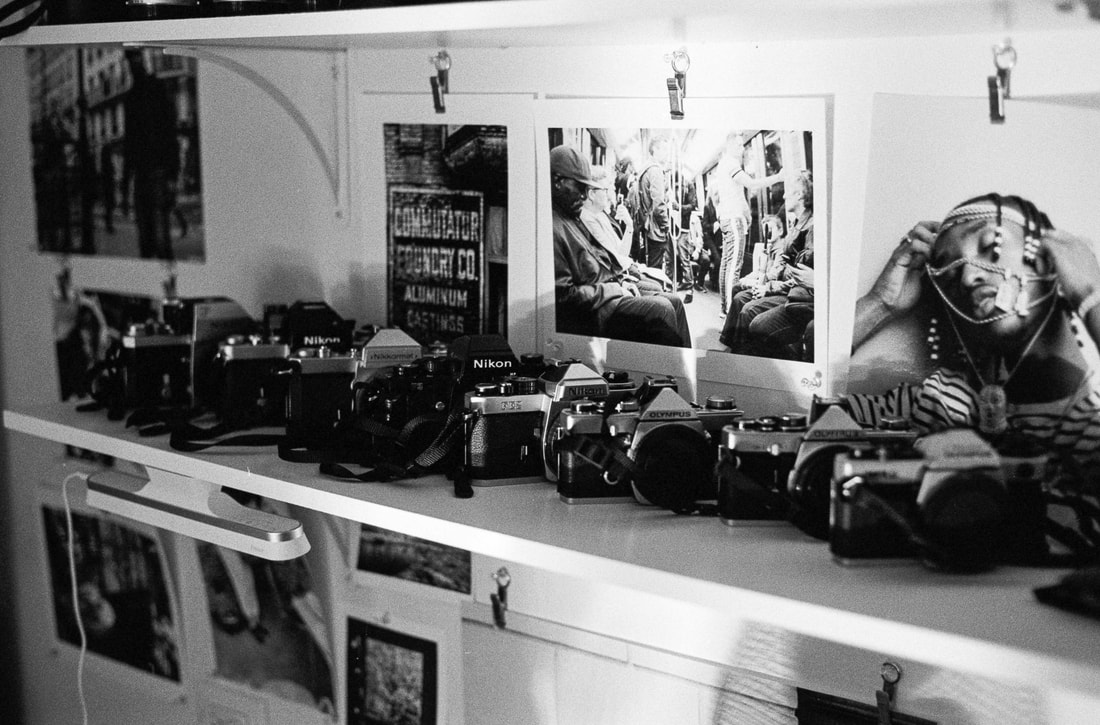
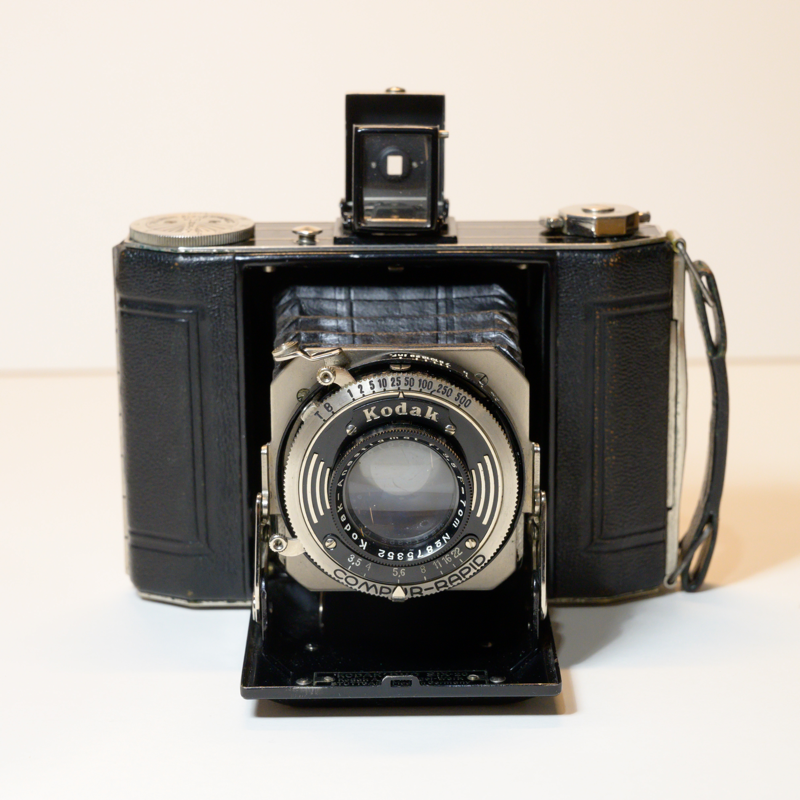
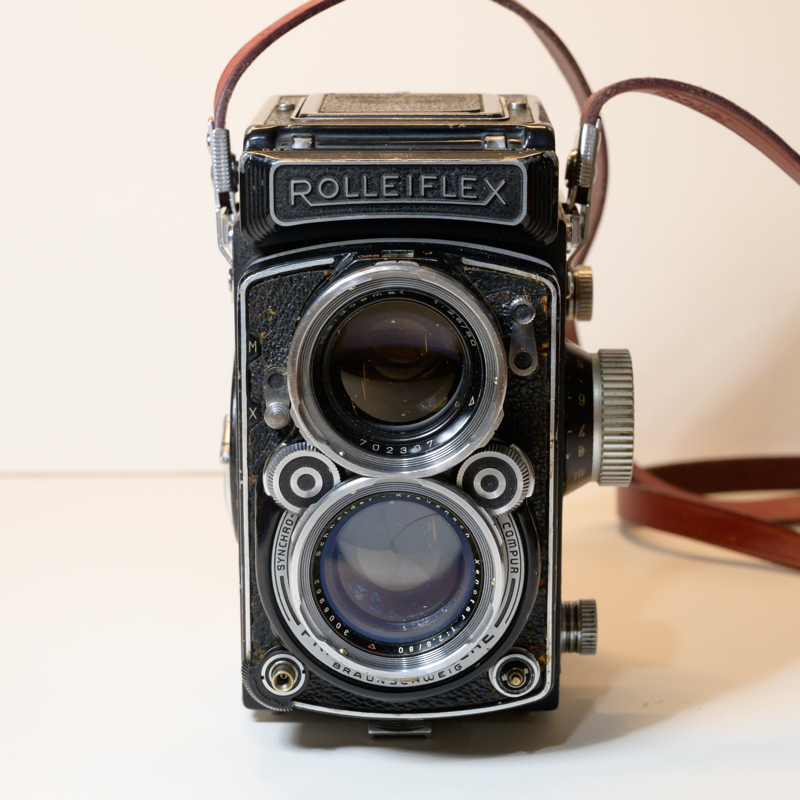
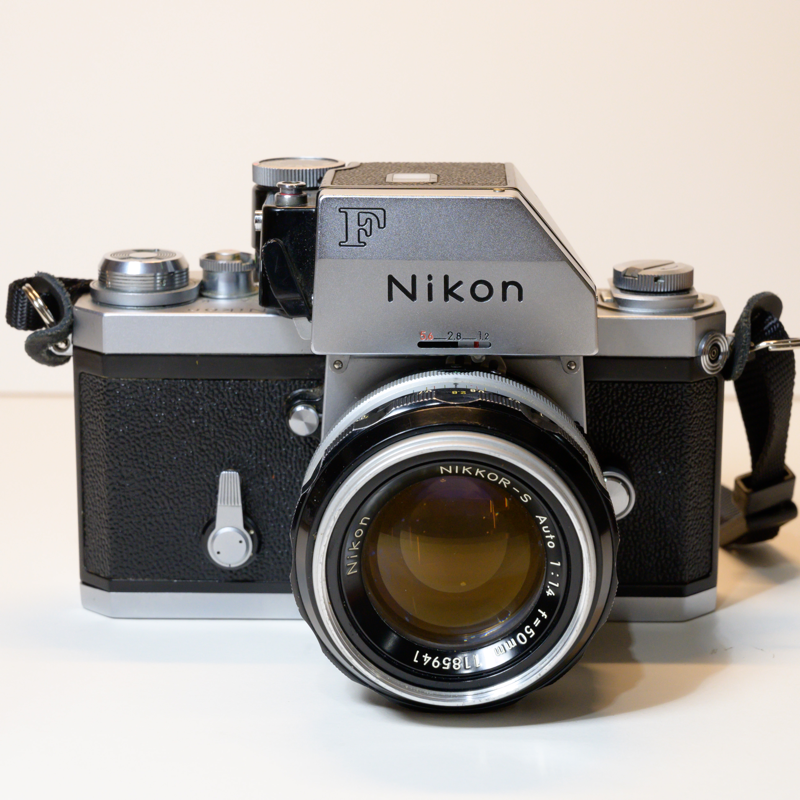

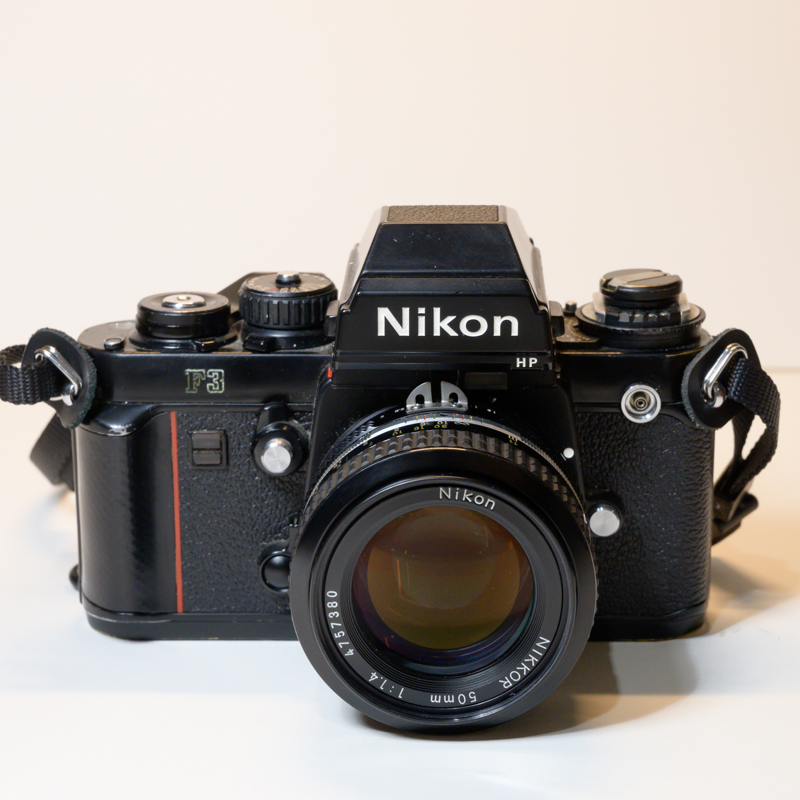
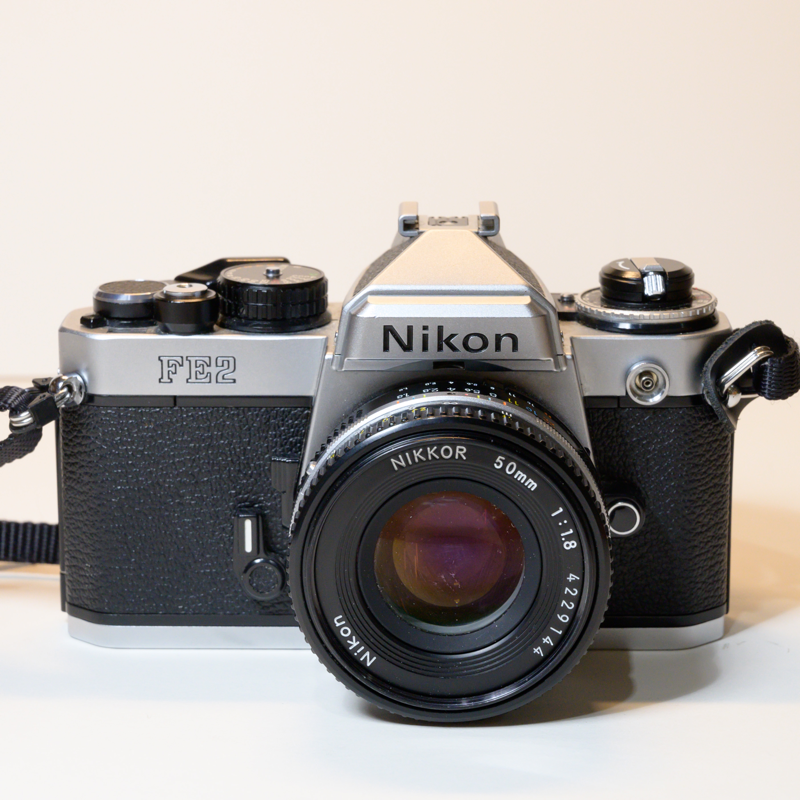
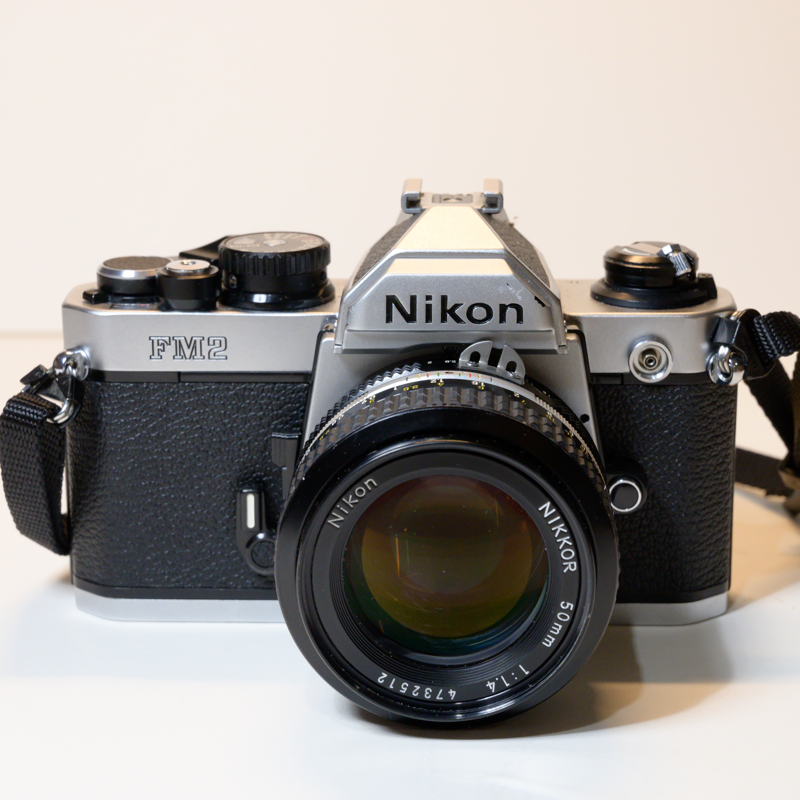
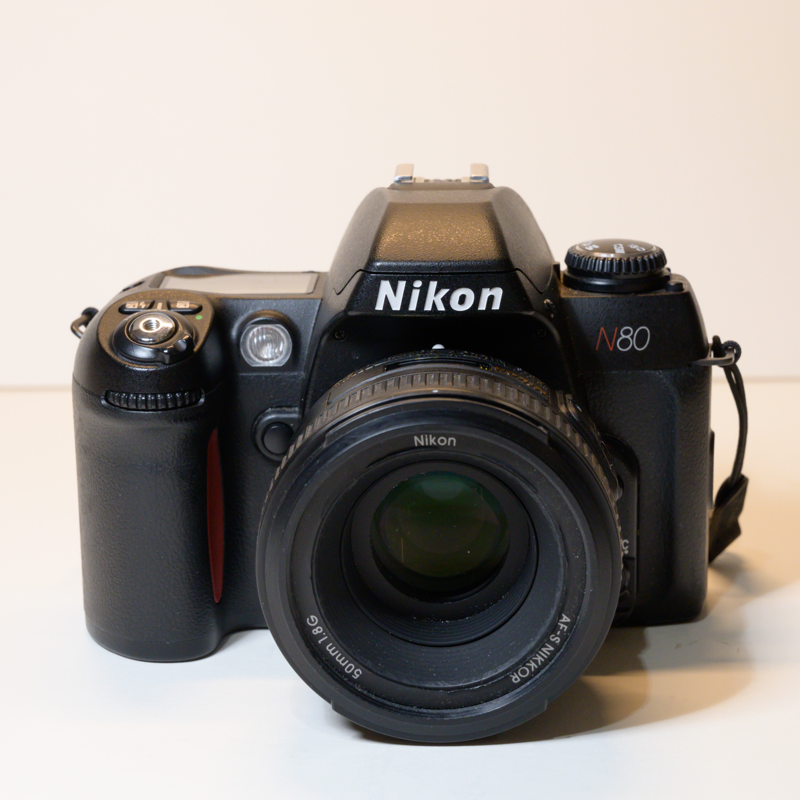
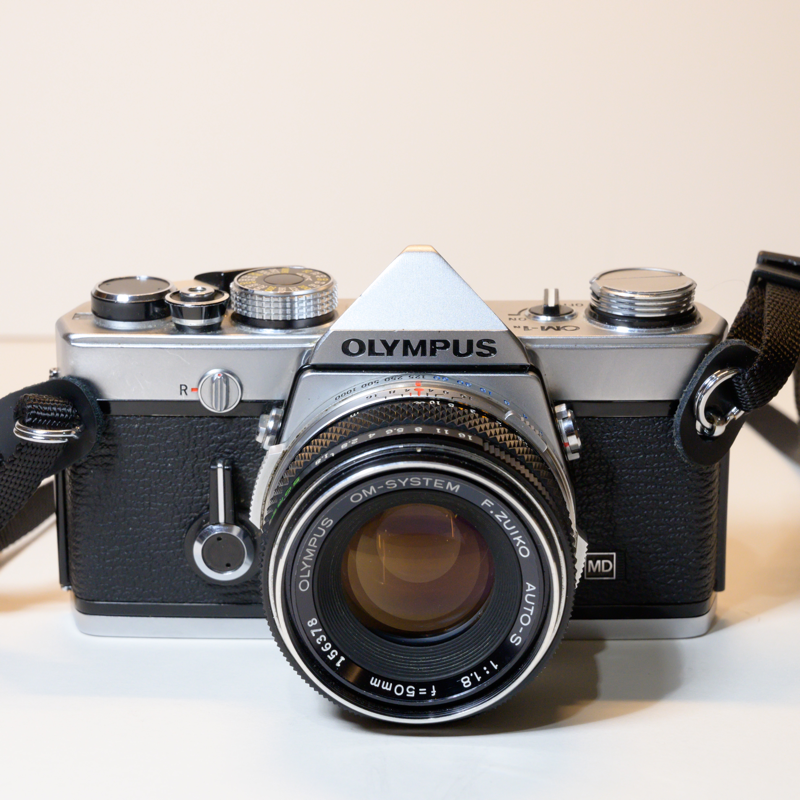
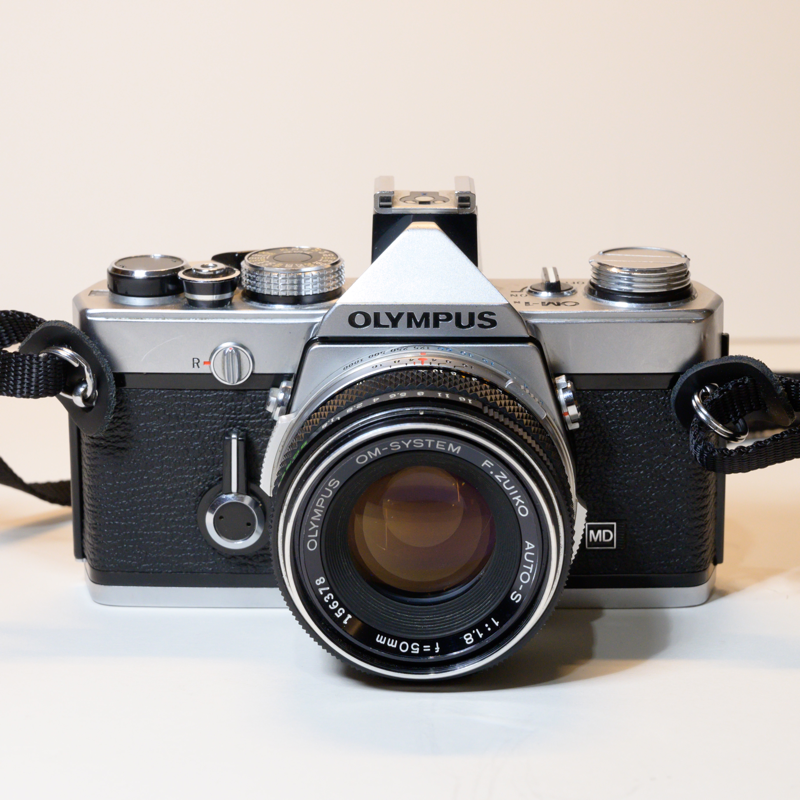
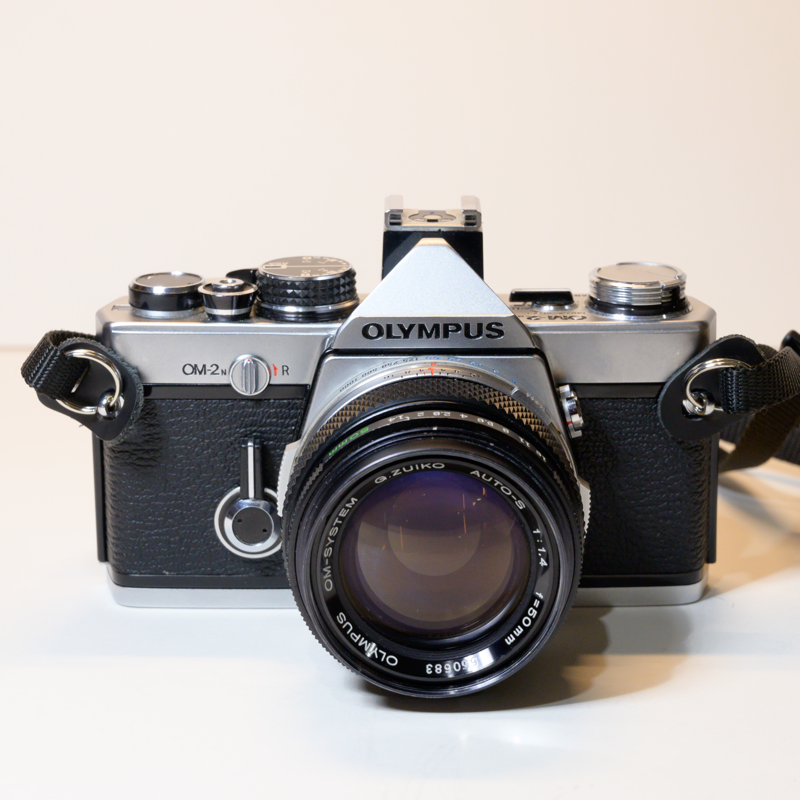
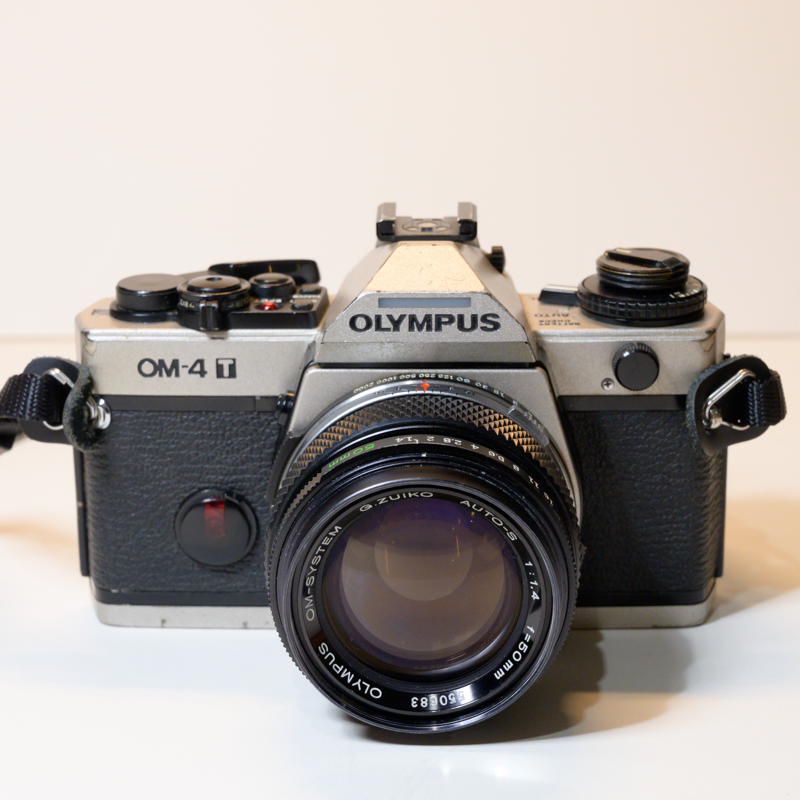
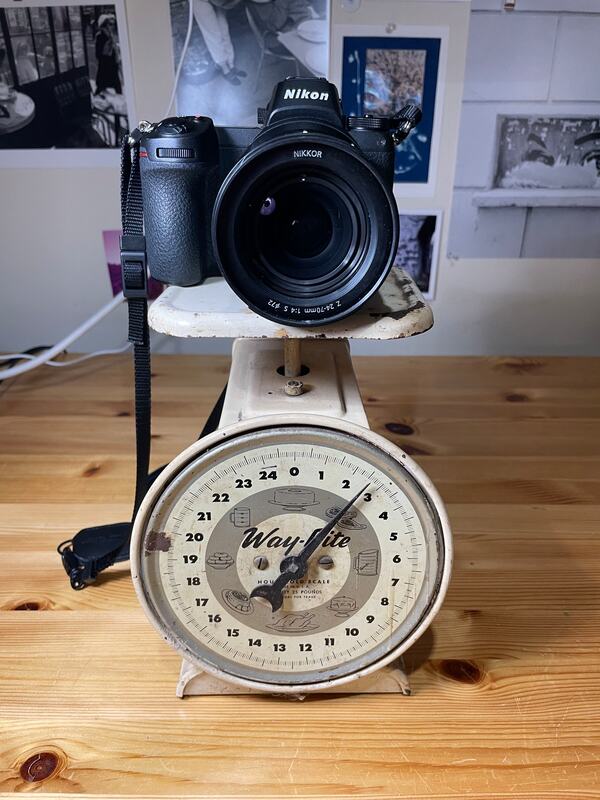
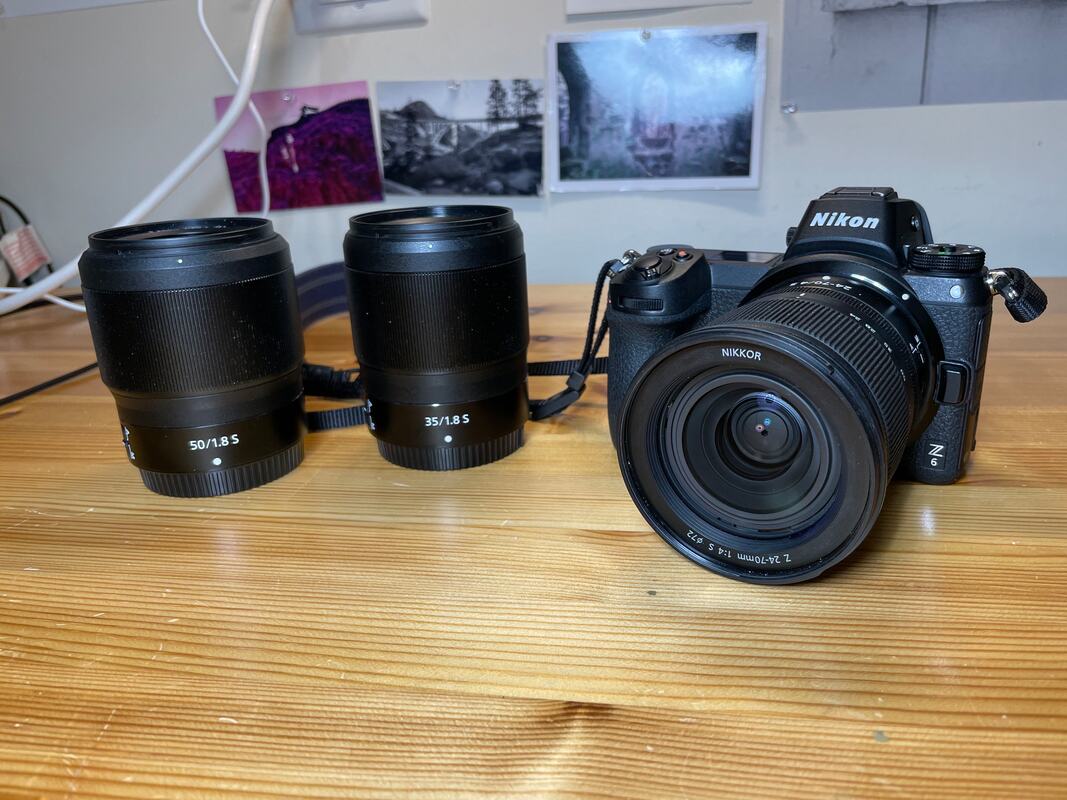
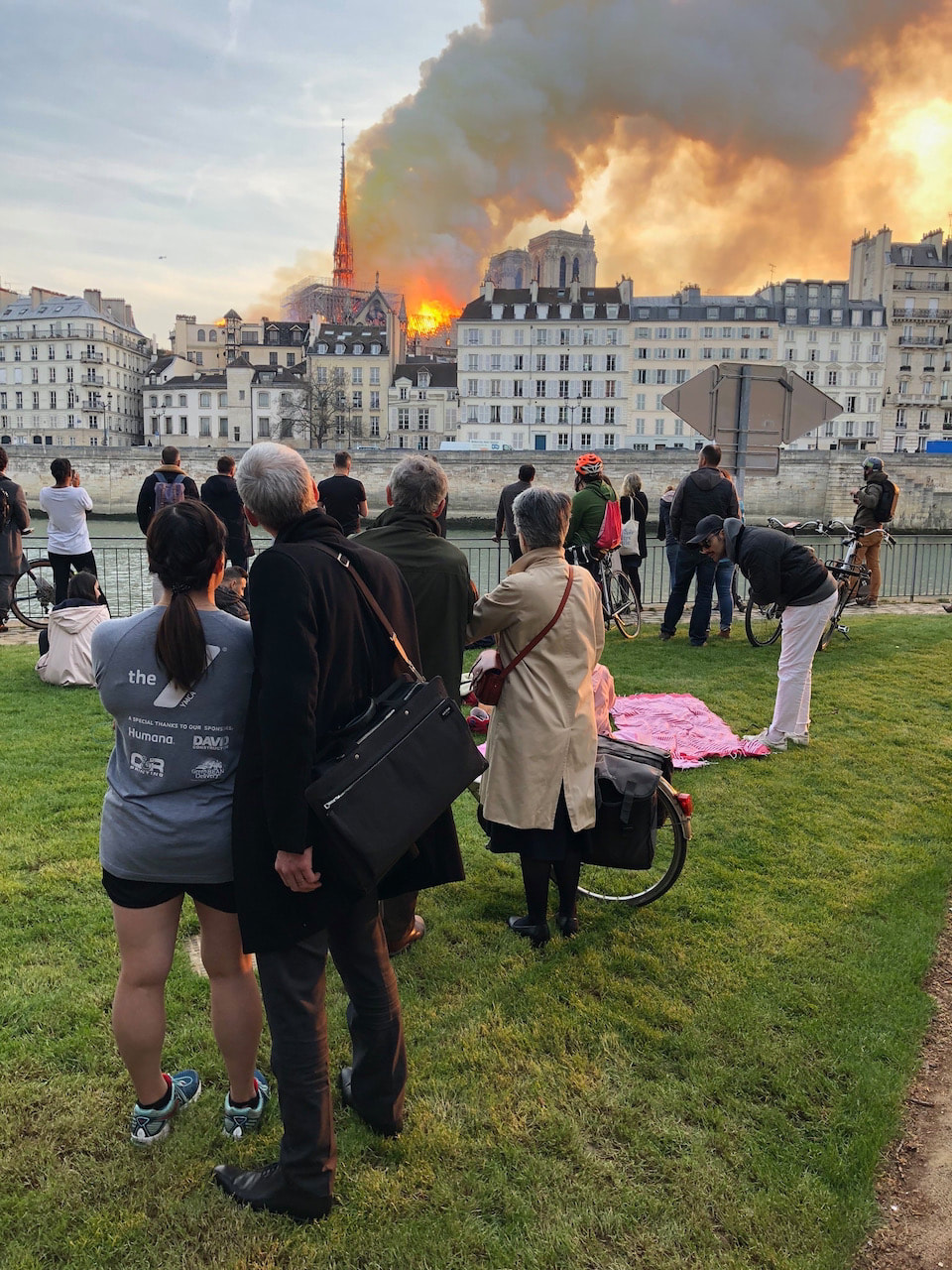
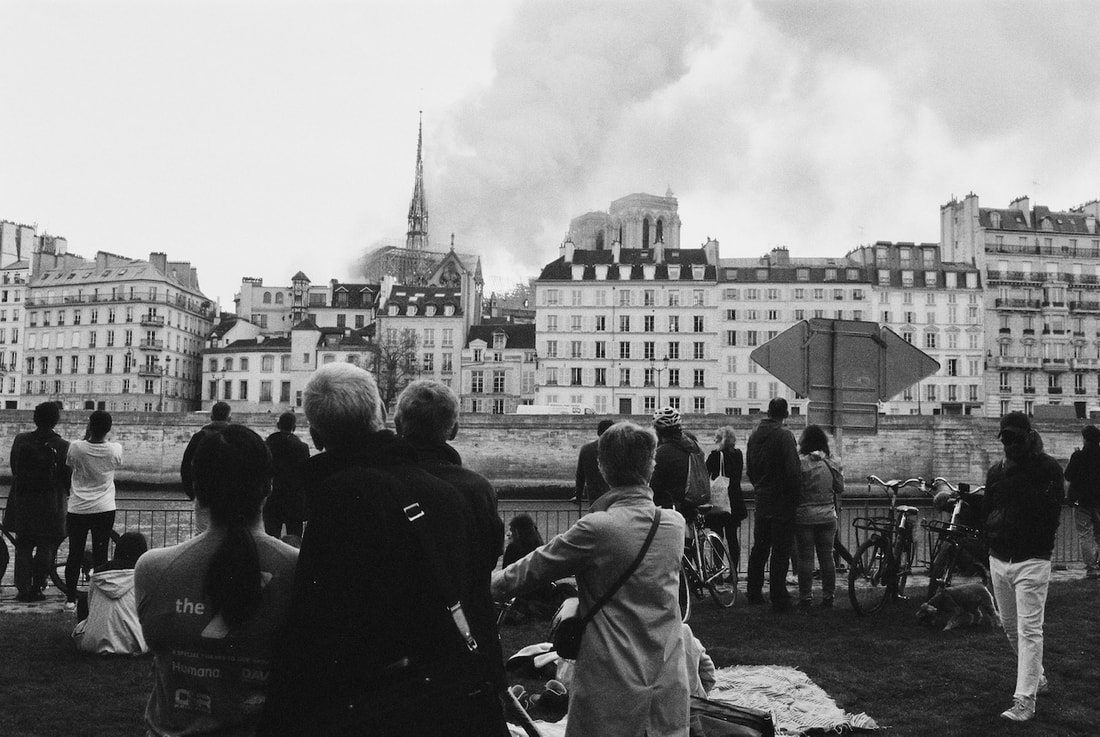
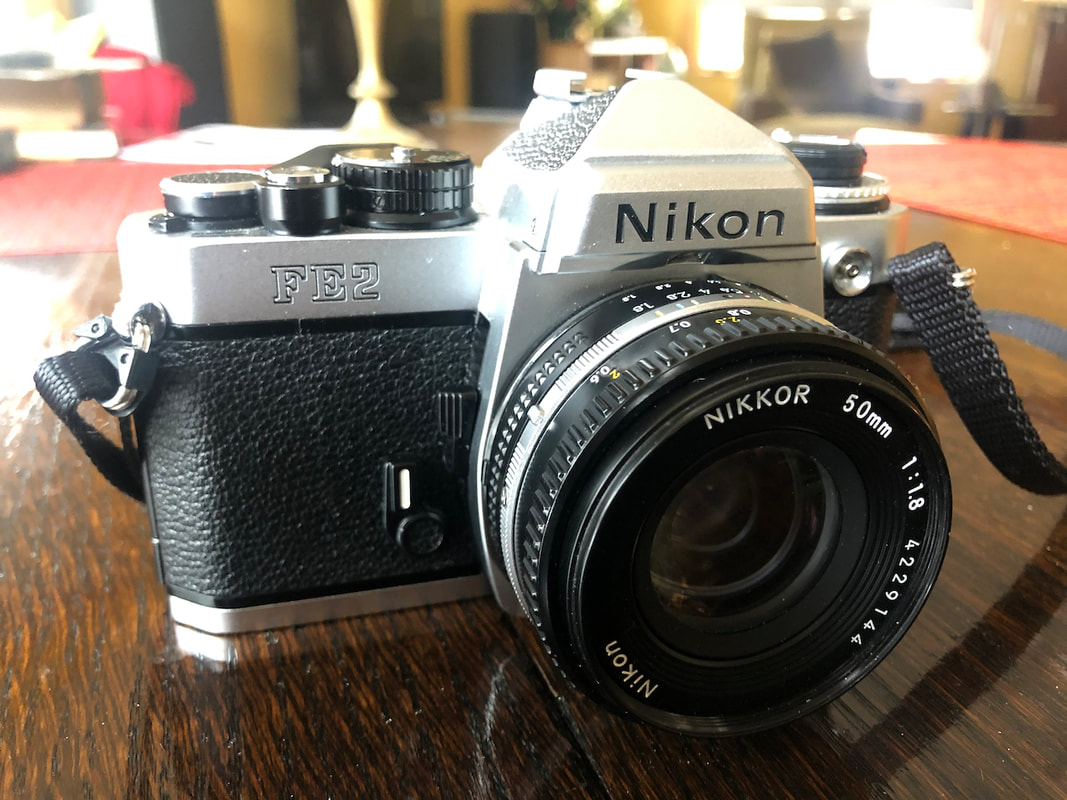
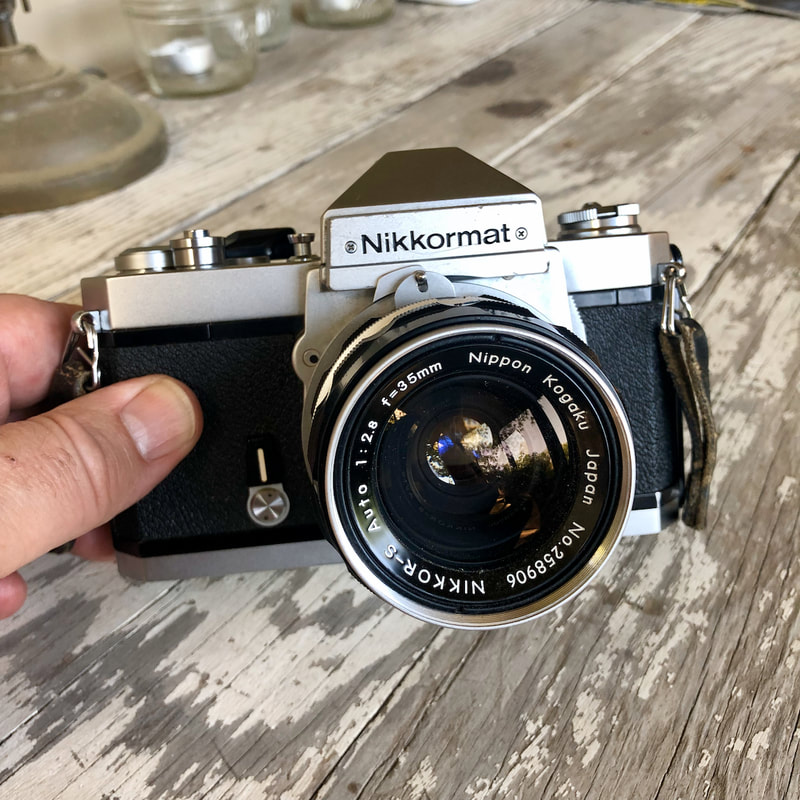
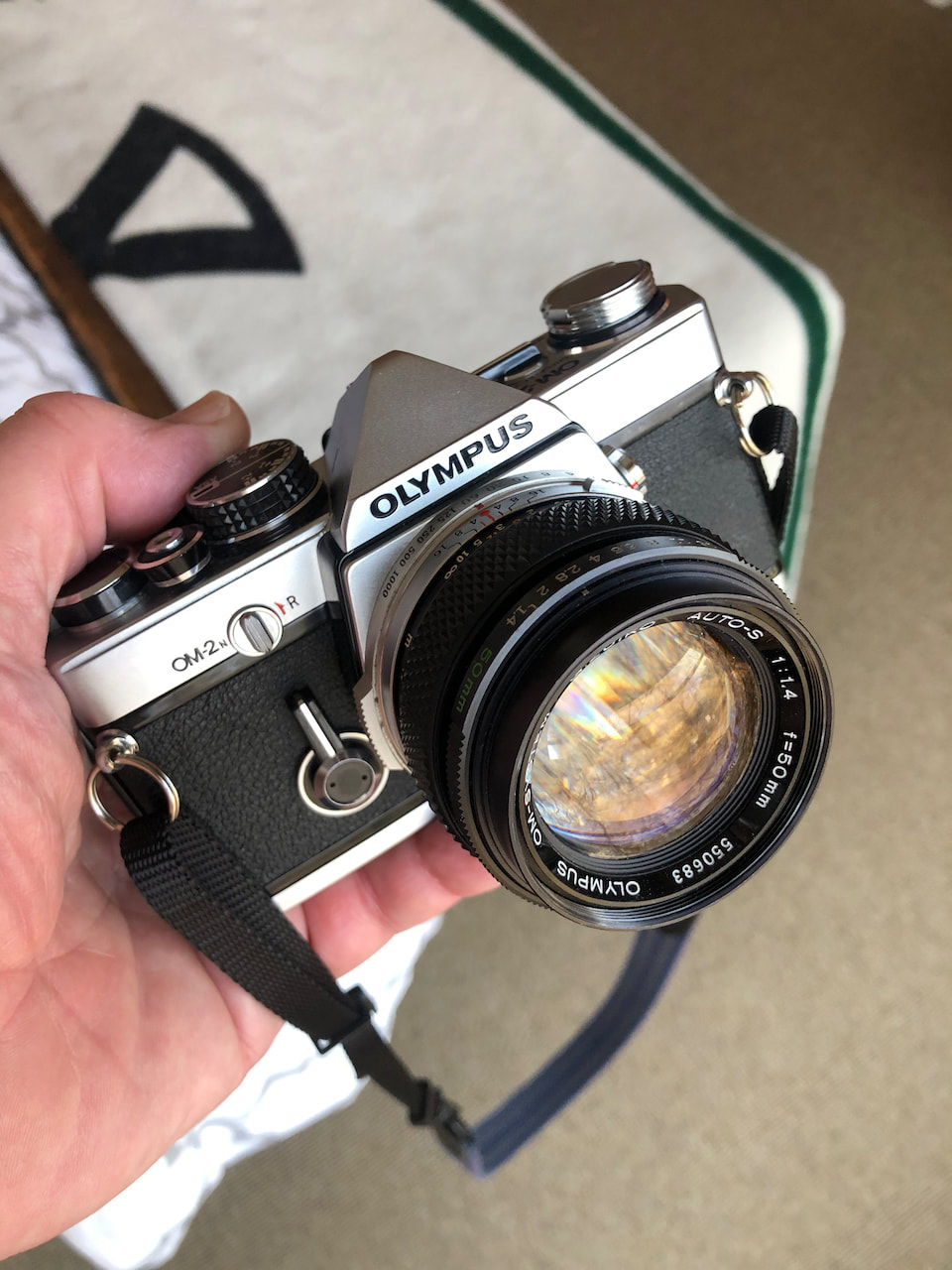
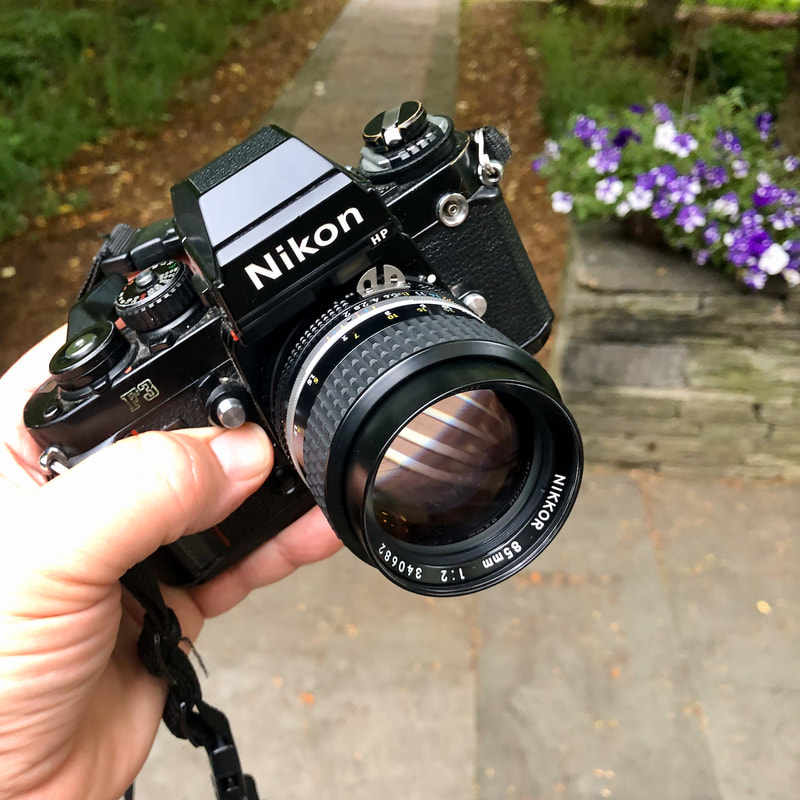
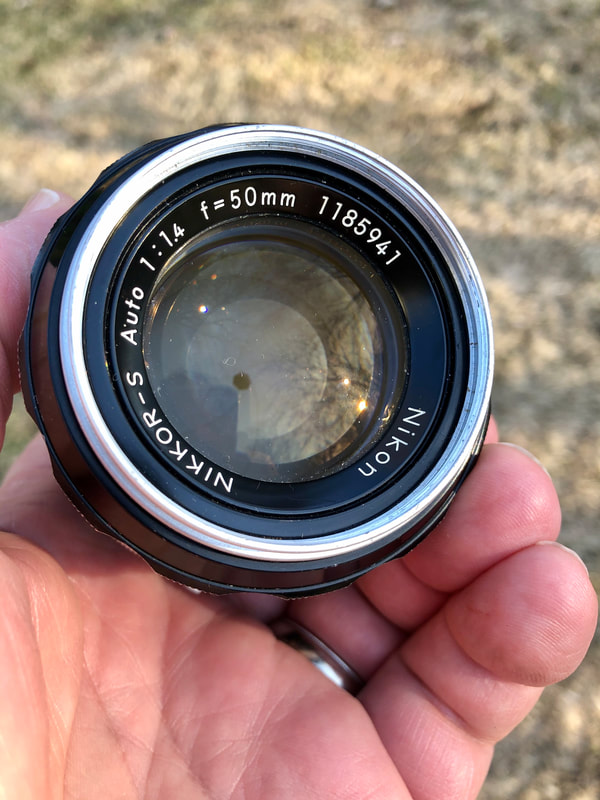
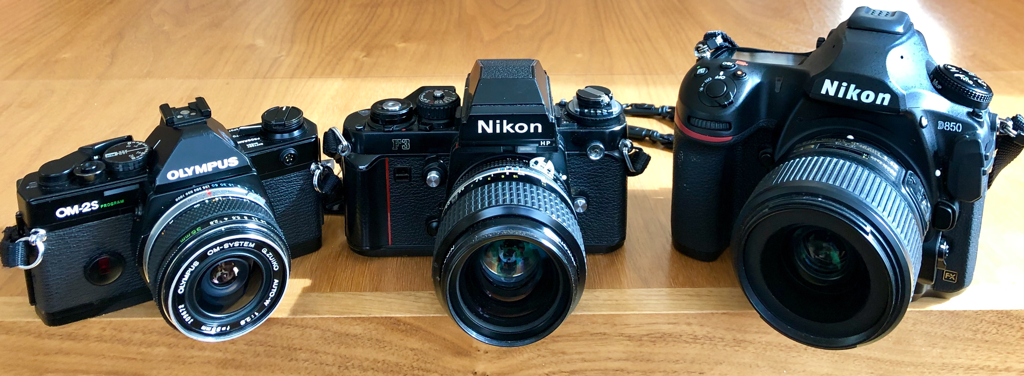
 RSS Feed
RSS Feed